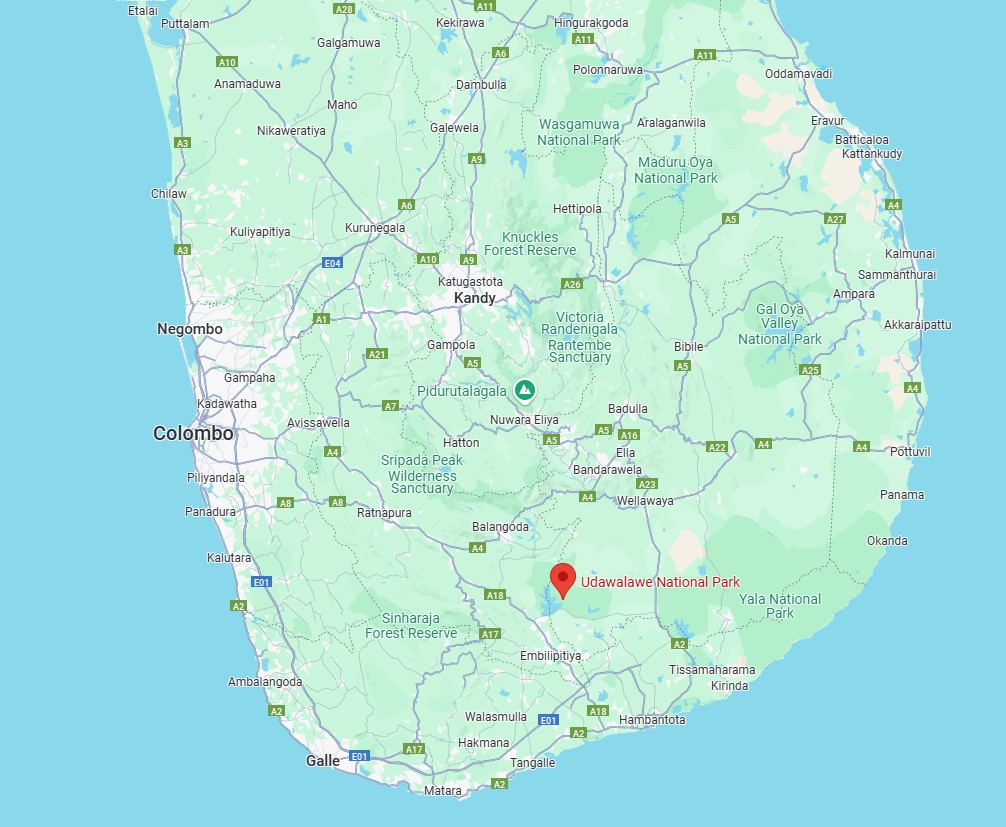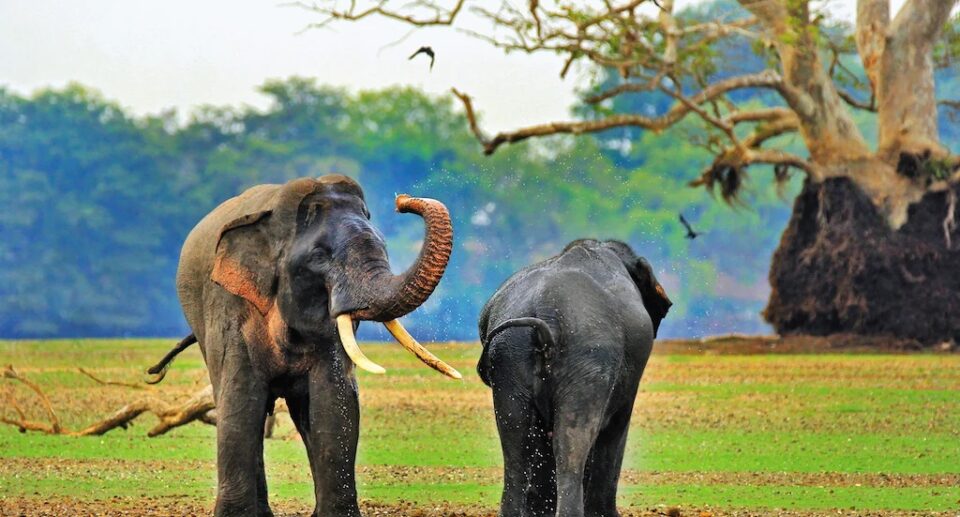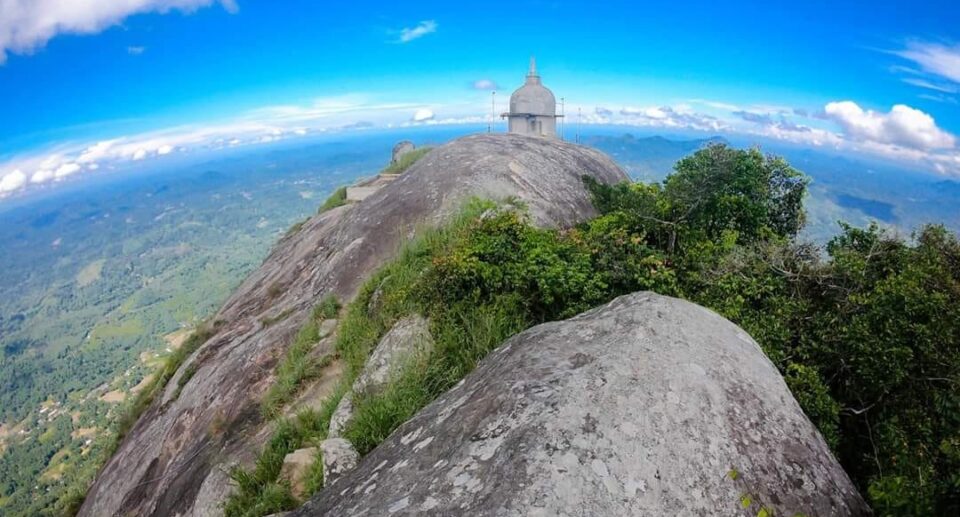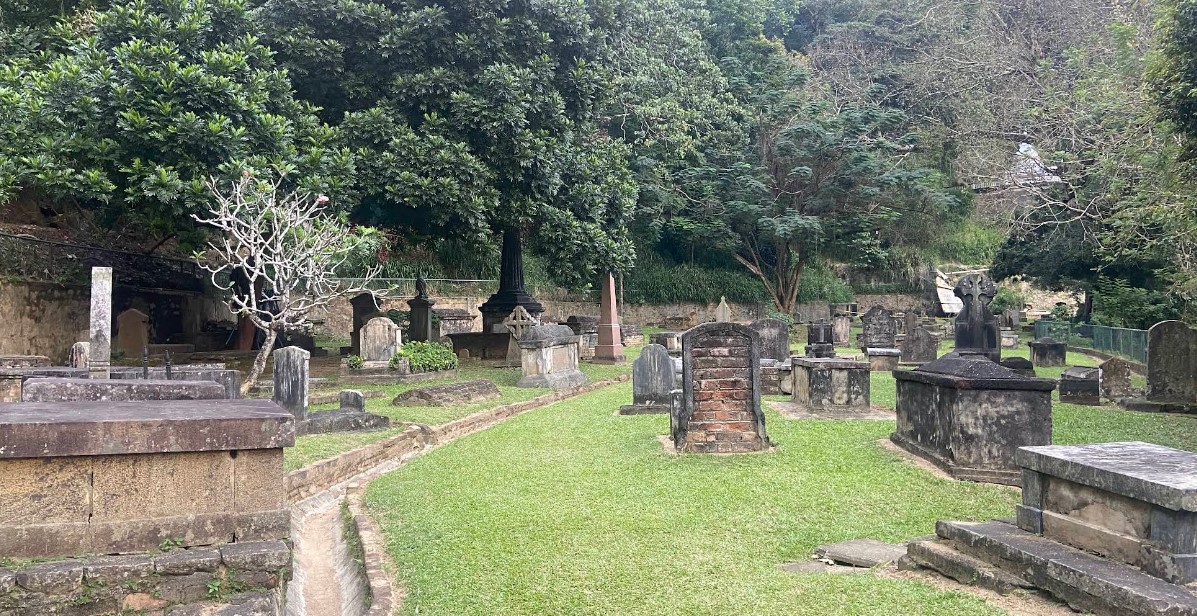Udawalawe National Park: A Sanctuary for Elephants and Nature Lovers
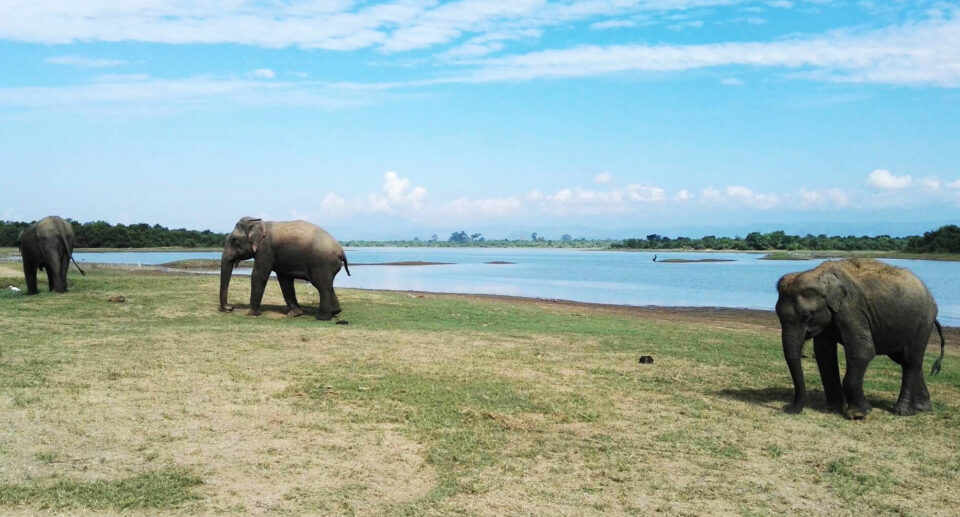
Located in the southern part of Sri Lanka, Udawalawe National Park is one of the most visited and sought-after nature parks in the country. Renowned primarily for its large population of wild elephants, the park spans over 30,000 hectares of land and offers a unique blend of dense forests, grasslands, and reservoirs. Established in 1972, Udawalawe was first established as a sanctuary for animals displaced by the construction of the Udawalawe Reservoir on the Walawe River. Today, it stands as a result of Sri Lanka’s commitment to wildlife conservation and eco-tourism.
Location and Geography
Udawalawe National Park lies in the border province of Sabaragamuwa and Uva, about 165 kilometers southeast of Colombo. The park lies within Sri Lanka’s dry zone and has a hot and dry climate all year round. The Udawalawe Reservoir borders the park, which not only provides water for agriculture but also serves as a vital habitat for several aquatic and land species.
The landscape of the park is stunning and diverse. It features savanna-grasslands, marshes, and scrublands scattered with dense clumps of forests. Such diversified land leads to a colossal diversity in flora and fauna, which turn it into a heaven for nature lovers, photographers, and scientists.
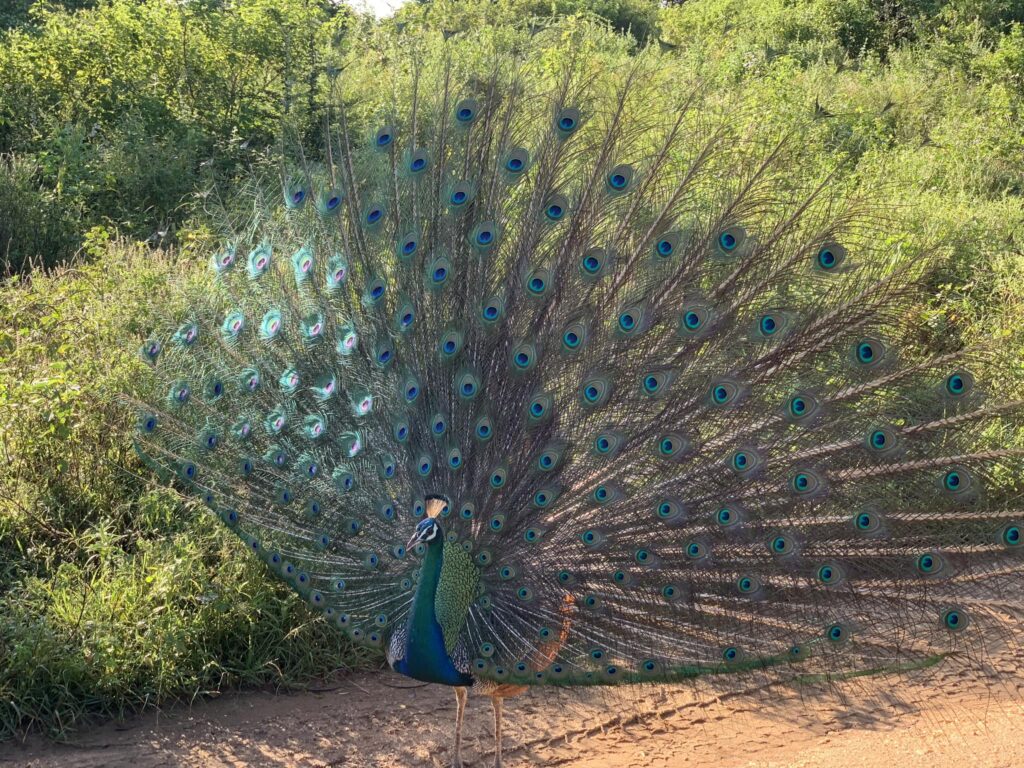
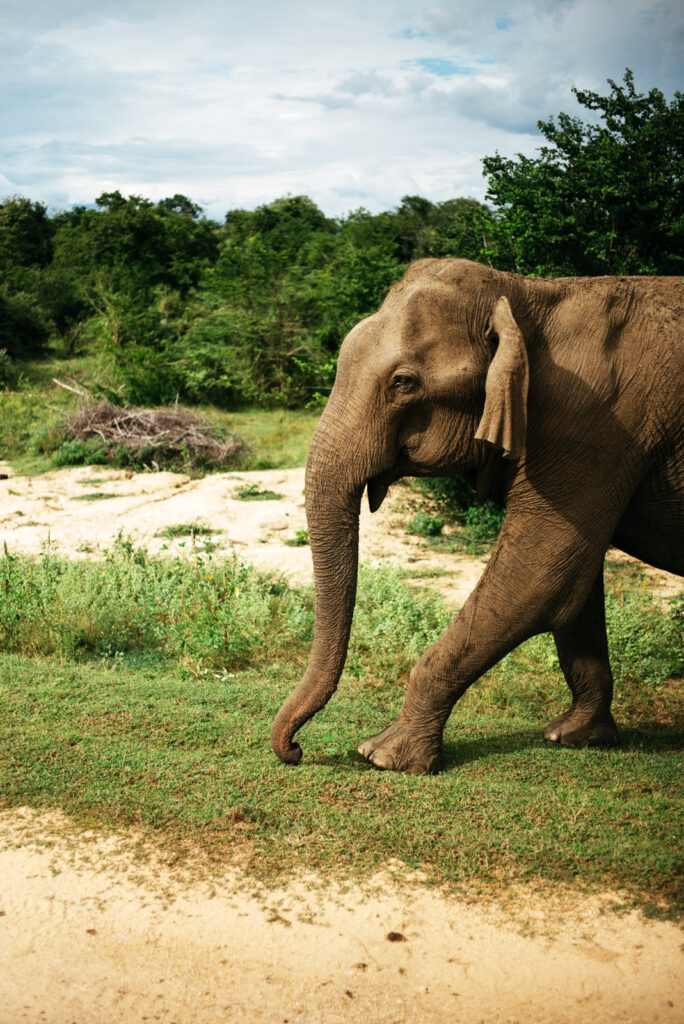
Wildlife and Biodiversity
Elephants – The Stars of Udawalawe
The biggest attraction of Udawalawe is its population of wild elephants that reaches approximately 600 animals. In contrast to other parks where the elephant encounters are seasonal, Udawalawe provides a year-round opportunity to observe these amazing creatures in their natural habitat. Tourists can normally view herds of elephants bathing, grazing, or walking along the open grassy plains, and it is one of the best destinations in Asia to observe elephants in the wild.
Other Mammals
While elephants are the stars of the park, Udawalawe is also home to other mammals, including: Water buffalo, Sambar deer, Spotted deer ,Wild boar, Jackals, Mongoose ,Toque macaques ,Leopards (rare and elusive)
Though not as famous as Yala for leopard sightings, Udawalawe’s leopards are part of the park’s ecosystem and occasionally spotted.
Birdlife
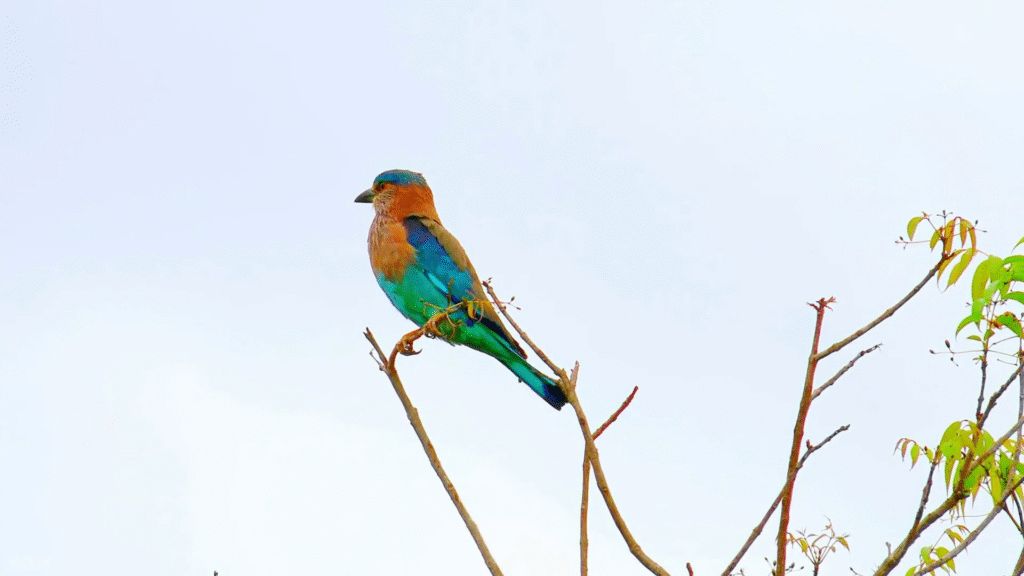
Udawalawe is a birdwatcher’s paradise. With over 180 recorded bird species, including both resident and migratory birds, the park offers rich avian biodiversity. Notable species include: Changeable hawk-eagle, Crested serpent eagle ,White-bellied sea eagle,Peafowl ,Bee-eaters ,Hornbills,Kingfishers ,Cuckoos.
There are various waterbirds that find habitat in the reservoir area within the park, including herons, storks, egrets, and pelicans.
Reptiles and Other Species
There are reptiles such as monitor lizards, crocodiles, turtles, and snakes that are present within the park. The park also provides habitat to various species of butterflies, insects, and amphibians, in addition to enriching its ecological heritage.

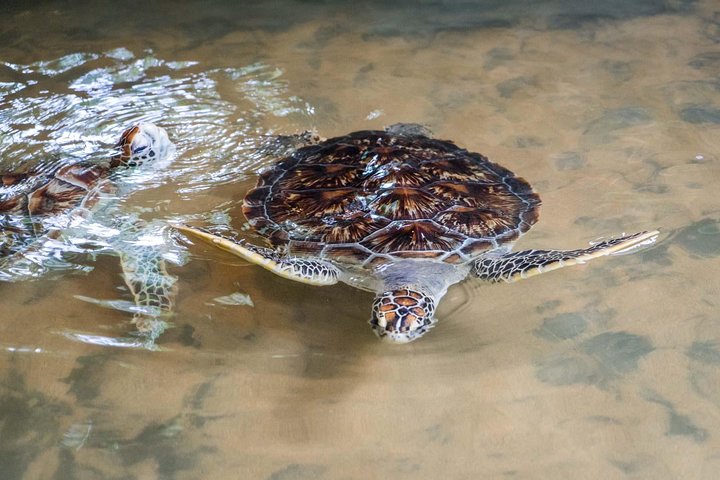
Flora and Vegetation
Vegetation in Udawalawe is adapted to its dry climate. The park boasts dry zone grasslands, thorny shrubs, and some taller forest trees. Dominant plant species are: Palu (Manilkara hexandra),Kumbuk (Terminalia arjuna),Ebony, Satinwood
These trees provide shade and cover to animals, while grasslands are utilized as feeding grounds by herbivores. Seasonal changes and periodic bushfires also shape the landscape and ecology of the park.
Attractions and Activities
Wildlife Safaris
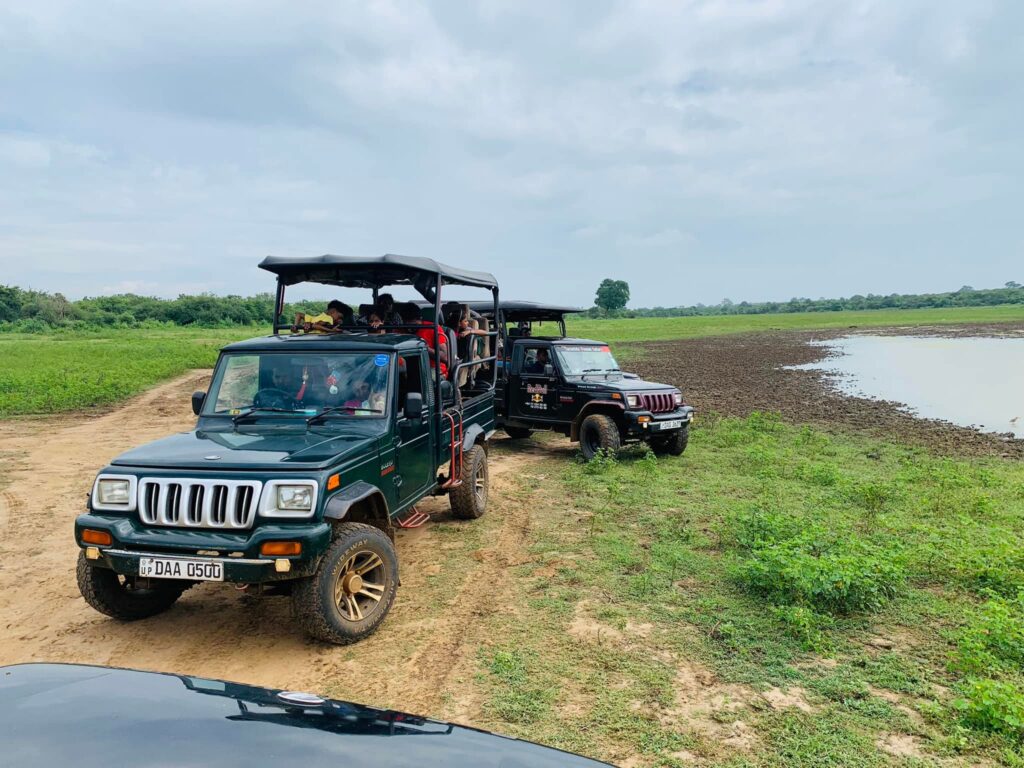
The most popular thing to do in Udawalawe is a jeep safari, typically 3–4 hours. The safaris are done in the morning or late afternoon when the animals are most active. Unlike more populated parks, Udawalawe offers a more peaceful, natural experience.
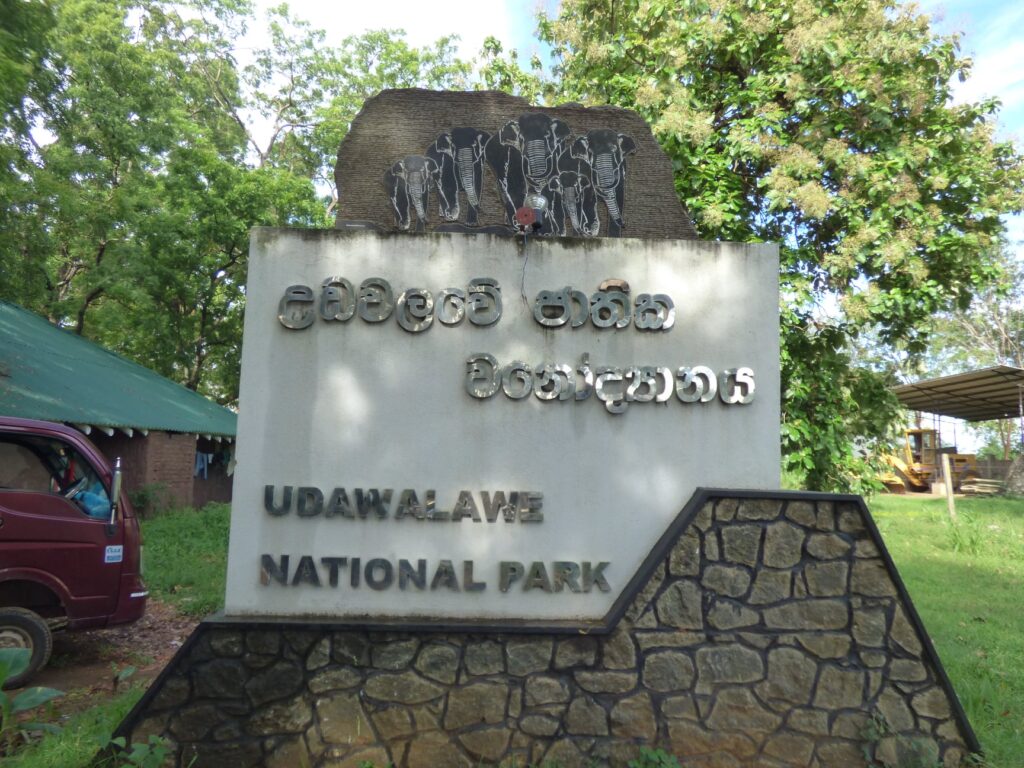
Udawalawe Elephant Transit Home
Just outside the park entrance is the Udawalawe Elephant Transit Home, a state institution operated by the Department of Wildlife Conservation. The home cares for orphaned or injured baby elephants and releases them into the wild in a process that is staged. Feeding time is also seen by tourists, and presentations are given on elephant conservation schemes in Sri Lanka.
Photography and Birdwatching
The diversified landscape and richness of wildlife in the park make it a heaven for wildlife photographers and bird enthusiasts. Optimal light and activity times for photography are found in the early morning and late evening hours.
Visitor Experience and Tourism
Udawalawe is increasingly becoming a hub destination on the southeastern end of most Sri Lankan itineraries. Its proximity to the southern cities of Ella, Tangalle, and Mirissa renders it an ideal day-trip or overnight excursion. There are many eco-lodges, guesthouses, and safari camps within close range of the park where one can find accommodation and guided tours.
Unlike Yala or Wilpattu, Udawalawe is also less likely to be touristy and hence appealing for tourists wanting a more peaceful wildlife experience. Guides and drivers are well-educated about animals’ habits and park rules to ensure safety along with good experiences.
Conservation and Threats
While Udawalawe has been able to provide a haven for an excellent range of species, the park also faces some conservation challenges: Human-wildlife conflict: As agriculture and settlements encroach upon park boundaries, elephants regularly attack crops, leading to conflicts with residents. Tourism pressure: With increasing popularity comes the risk of overcrowding and irresponsible tourism, which can put animals under stress and habitats at risk.
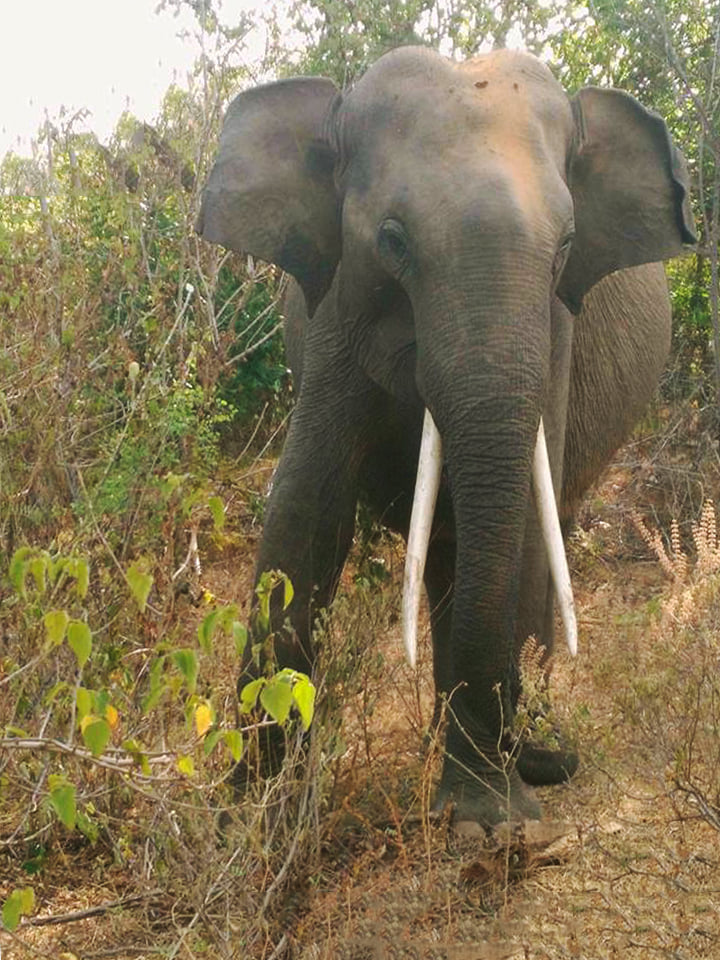
Climate variability: Changing weather conditions and prolonged dry seasons affect water supply and flora, reaching the park’s ecosystem.
Solutions are underway in the form of better conservation policies, education at the local level, and sustainable tourism practices.
Udawalawe National Park is one of Sri Lanka’s natural treasures. With its unparalleled elephant viewing opportunities, rich biodiversity, and breathtaking scenery, it is a wildlife lover’s and eco-tourist’s haven. It is more than the safari itself, a glimpse into the delicate balance between humans and nature, and the battle to preserve one of Asia’s greatest wild stadiums.
As Sri Lanka continues to grow as a global travel destination, places like Udawalawe help to point out the need for conservation and for us to help keep these natural wonders around for generations to enjoy. Udawalawe is located in southern Sri Lanka, between the towns of Ratnapura and Hambantota, and is about:
- 165 km from Colombo
- 60 km from Ella
- 120 km from Galle
- 100 km from Mirissa
By Private Car or Taxi (Most Comfortable Option)
This is the most convenient and time-saving way to get to Udawalawe, especially if you’re coming from tourist hotspots.
- From Colombo: Around 4.5 to 5.5 hours by car.
- From Ella: About 2 hours.
- From Mirissa/Galle/Matara: Around 2.5 to 3.5 hours.
You can book a private driver, use ride-hailing apps like PickMe or Uber (in Colombo), or arrange a transfer through your hotel or a travel agency.
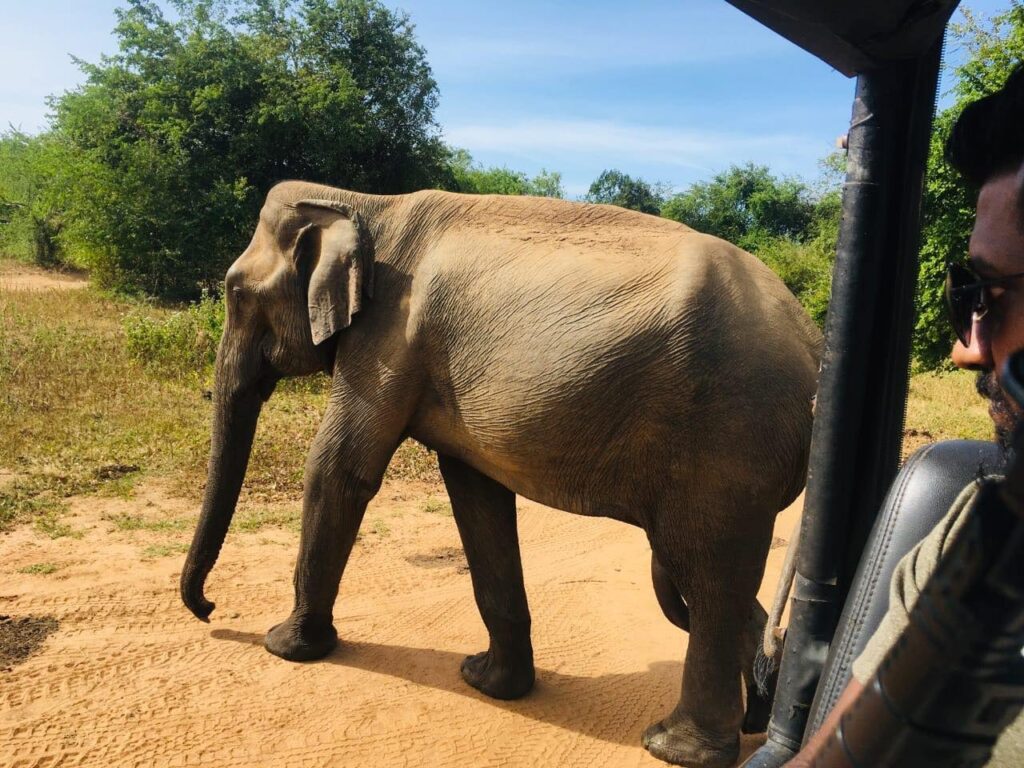
By Bus (Budget-Friendly)
Udawalawe is not on a major rail line, so buses are your best public transport option.
From Colombo:
- Take a bus to Embilipitiya (usually from Colombo Pettah Bus Terminal).
- From Embilipitiya, take a local bus or tuk-tuk to Udawalawe town or park entrance (around 20 km).
From Ella:
- There’s no direct bus, so you’ll likely need to:
- Go to Wellawaya.
- Take a bus to Thanamalwila or Embilipitiya.
- Then continue to Udawalawe.
From Mirissa/Galle:
- Take a bus to Matara, then transfer to a bus going towards Embilipitiya or Thanamalwila, and then on to Udawalawe.
By Tour or Safari Package (All-in-One Option)
Many travelers opt for an organized safari tour from nearby cities like Ella, Mirissa, or Tangalle. These usually include:
- Roundtrip transport
- Entrance fees
- A guided jeep safari
This is great for convenience and getting straight into the park without worrying about logistics.
Getting to the Park Entrance
The main entrance to Udawalawe National Park is near Udawalawe town, close to the Elephant Transit Home. Whether you arrive by bus or car, this is where safaris begin.
